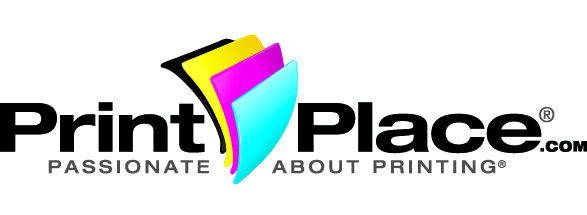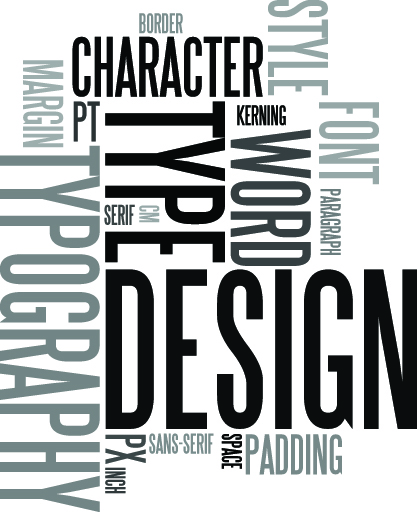Three Points of Focus for Improved Typography Design
Typography in print design concepts should not be limited to typesetting and font choosing. Typography is a style of its own, much like minimalist and psychedelic designs. And because it’s a unique design concept, due attention should be given to improving typography in your print media. There are three main points to focus on: measurements, space, and separate elements.
Measurement: Measure and Scale
Measure is how long a line of text goes on before ended by a line break. Too long or too short measures have detrimental effects, especially because a reader’s perception of text is regulated by the rhythm of the line of text the reader’s eye follows. A line should measure about 40 – 80 characters long, spaces inclusive. Single-column print designs would do well with 65 characters.
Scale is the size of the characters in the print design. Always use a scale, be it the established scale of the sixteenth century or your own. Following a scale would ensure that your print design has an established hierarchy of importance, with more important text usually bigger.
Space: Leading and Vertical Rhythm
Leading, the space between text lines, is affected by a variety of factors. Obtaining just the right leading lends readability for print, and it also influences typographic color. As a standard, go for leading that is 2-5 pt larger than the size of the type. Again, factors may alter the ideal leading. Some key points to remember:
- More measure means more leading.
- Larger fonts require less leading.
- Always consider the font type when setting leading.
Vertical rhythm is the consistency of spacing and flow of text downwards, or throughout a body of text. To keep to a good vertical rhythm, recall your grade school notebooks. Use a baseline grid that you can simply take away later. The grid would ensure harmonious balance and proportion.
Calling Attention to Separate Elements: Emphasis, Widows and Orphans
Providing emphasis to a set of words within a body of text should be done without interrupting the flow of reading. In this regard italicizing is often considered ideal, as it emphasizes in subtle enough means that it doesn’t distract readers from their reading. Combining emphasizing elements (caps, italics, boldface, underlining used in conjunction) should be avoided.
The term “widow” and “orphan” are indeed sad states of print design. Widows are short lines or single words at the end of a paragraph, orphans are short lines or words at either the start or end of a column that are separate from the rest. Here’s simple enough advice about them: avoid them in print design by adjusting variables such as type size, spacing, measure, leading, and manually introducing line breaks.
Typography is gaining an increasingly important role in print media’s endeavors to become more readable for an audience used to Web content. Experiment and focus on these three points of typography and your print designs would be on their way to optimized readability and maximum effect.

PrintPlace’s mission is to provide customers with unparalleled printing services through the knowledge and expertise of its employees.


